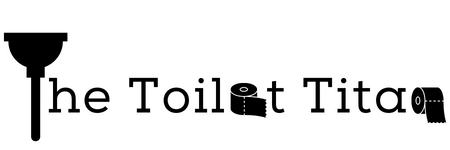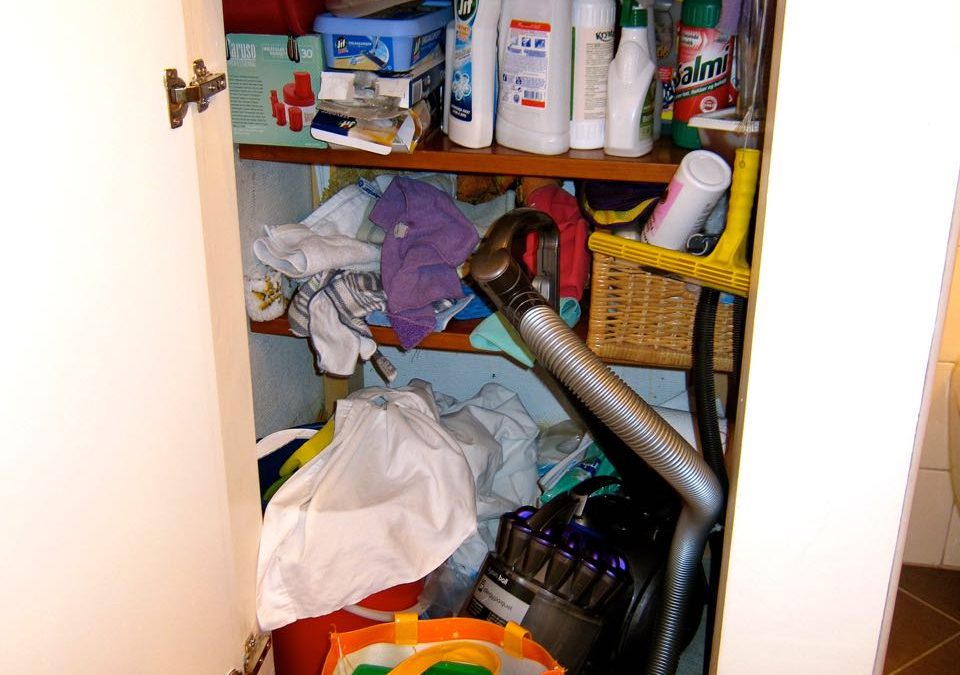If you were recently put in charge of cleaning a school, church or office building, choosing your cleaning supplies can be daunting! What should you choose? How much money should supplies cost? How much equipment will you need? How much time should a task take?
I’m going to do my best to answer all of these questions over time, but today I want to focus on cleaning chemicals!
We all intuitively know that using chemistry to clean is better than water alone, but what sorts of chemicals do you really need in your supply closet? Well, it’s typically a much different list that what you’d use at home.
First, let’s consider your areas to clean. Whether you are cleaning a school, church, or office space, there are a few common characteristics they all share. All of these places will have restrooms, collaboration or learning areas, and areas for eating or taking a break. To clean each of these areas, you’ll want to remove soil, take away debris and stains, polish, shine, and possibly disinfect. Here are the categories of chemical you should keep on hand:
- Neutral Cleaner
- Glass Cleaner
- Disinfectant
- Acid Cleaner
- Niche/Specialty Cleaners
Neutral Cleaner
These should make up the bulk of your cleaning arsenal. “Neutral” refers to the pH of the cleaner (potential of hydrogen, remember from High School). A good neutral cleaner will be neither an acid or case, so non-corrosive. This will make it safe for your water-safe surfaces that are cleaned regularly. These surfaces include floors, tables, desks, partitions – the majority of the surfaces you clean daily. Typical pricing for a good neutral cleaner should run between $0.02 and $0.08 per quart, diluted.
Glass Cleaner
Clean, shiny windows make a huge difference in the appearance of your facility and the morale of the people that use it. Dirty windows make occupants suspicious that the building is generally dirty and uncared for, and can directly affect mood and spending habits. You’ll want to find a glass cleaner you like, that gets the results you need. There are many concentrated glass cleaners available, and a few factors to consider. The best results typically come from foaming glass cleaner or ammoniated glass cleaner due to the strong cleaner and quick-drying characteristics. However, these options come with drawbacks. A foaming glass cleaner may run between $4-6 per can, and ammoniated cleaners can react harshly with bleach or peroxide, cause damage to polished or waxed surface, or cause headaches and other discomfort. Some neutral cleaners can double as glass cleaners, but will by prone to streaking, particularly if you deal with hard water or grease. A typical concentrated glass cleaner typically runs between $0.40-0.60 per quart, diluted.
Disinfectant
The recent Covid pandemic heightened society’s awareness of the important of disinfecting surfaces, probably to an unhealthy level. Yes, it’s good practice to regularly disinfect (or sanitize) frequently touched surfaces (doorknobs, light switches, phones, desks, tables, restroom fixtures, sinks, etc.) However, it can be very dangerous to overapply disinfectant. For instances, some schools on in the habit of “fogging” or “gassing” rooms during the pandemic; there were instances of exposing colleagues, damaging furniture beyond repair, harming floor finish, etc. Some inexpensive disinfectants and sanitizers use quaternary ammonia. If properly applied, these should be sprayed or wiped onto a surface and allowed to air dry. For instance, if you have ever sat down at a restaurant table that had been recently been bussed, you may have stuck your elbows on a wet table – this was likely a quat-based sanitizer. Over time, quat can build up and become a sticky, dirty mess! It can also sometimes bind to microfiber products and render them ineffective. NOTE: Disinfectants kill 99% of germs quickly, and Sanitizers typically kill about 90% of germs on a surface over a 10 minute dwell time. Sanitizers are preferred in eating areas due to being less toxic.) A typical price for a broad-spectrum, rapid-acting disinfectant is about $0.10-18 per quart, diluted.
Acid Cleaner
Sometimes you need a little oomph to get an area clean, particularly in a restroom! That’s where acid cleaners come in. Remember back to high school chemistry? Acids counteract bases, bringing the pH back to neutral. Bodily solids, greases and fluids tend to be on the base end of the pH scale, and clean up much more readily with an acid cleaner than just a neutral cleaner. If you have heavily trafficked restrooms, grouted tile, and other easily soiled areas, you probably need to consider an acid cleaner for those areas in particular. A good acid cleaner can also fill the role of a toilet bowl cleaner, reducing the need to add a “niche/specialty” cleaner, which I advise to keep at a minimum for maximum cost savings.
Niche/Specialty Cleaners
Every facility has unique needs, and every custodian has their own quirks, so there are always a few chemicals that end up in a closet that don’t fall into the other categories. Some common applications include wood furniture, hard water buildup, enzymatic cleaners for drains. Consider your own needs and priorities, try and samples and consult with a commercial cleaning supply provider to find the best solutions for your own needs!

